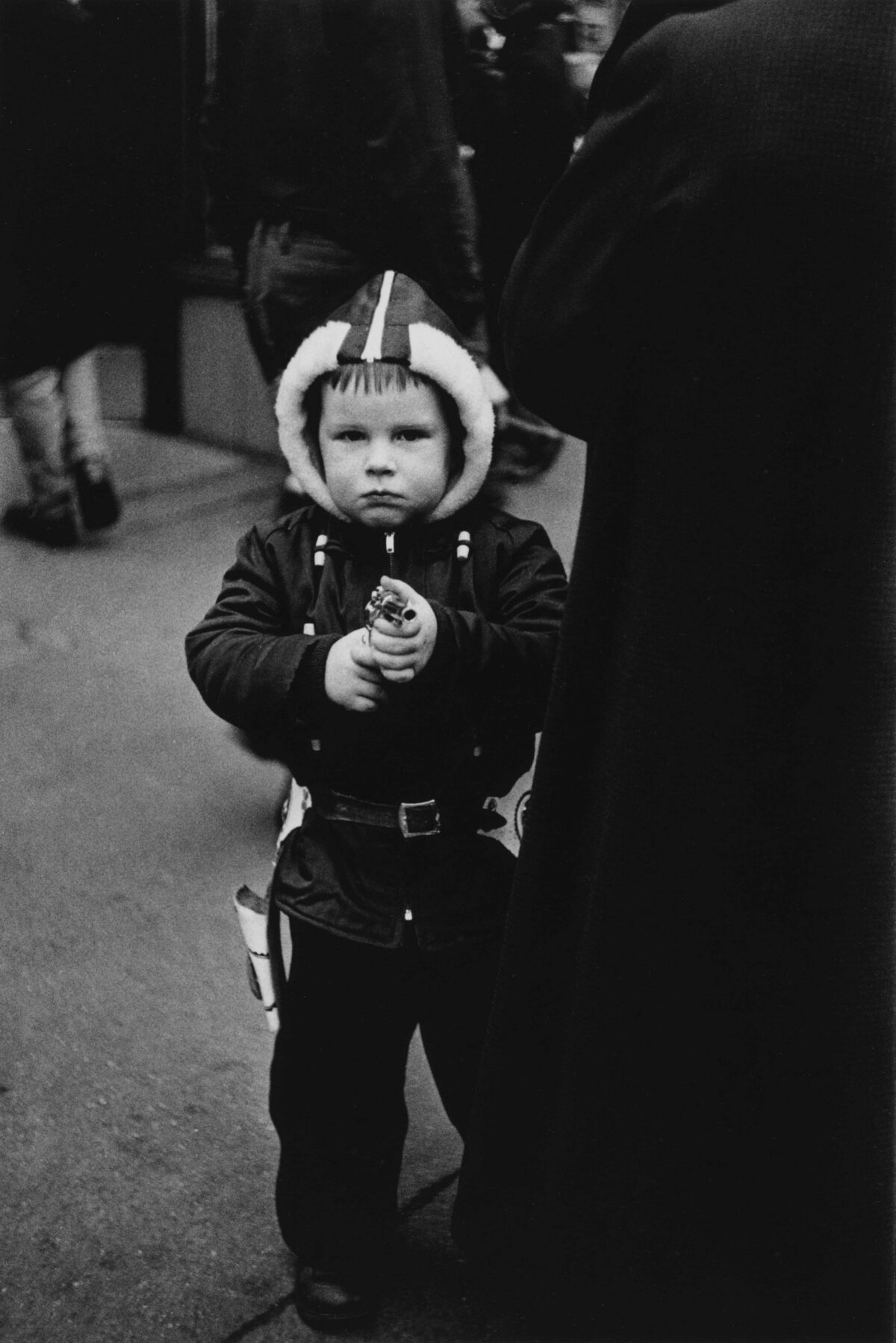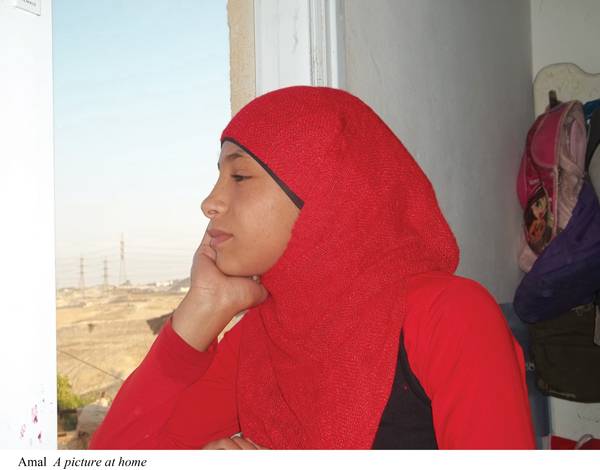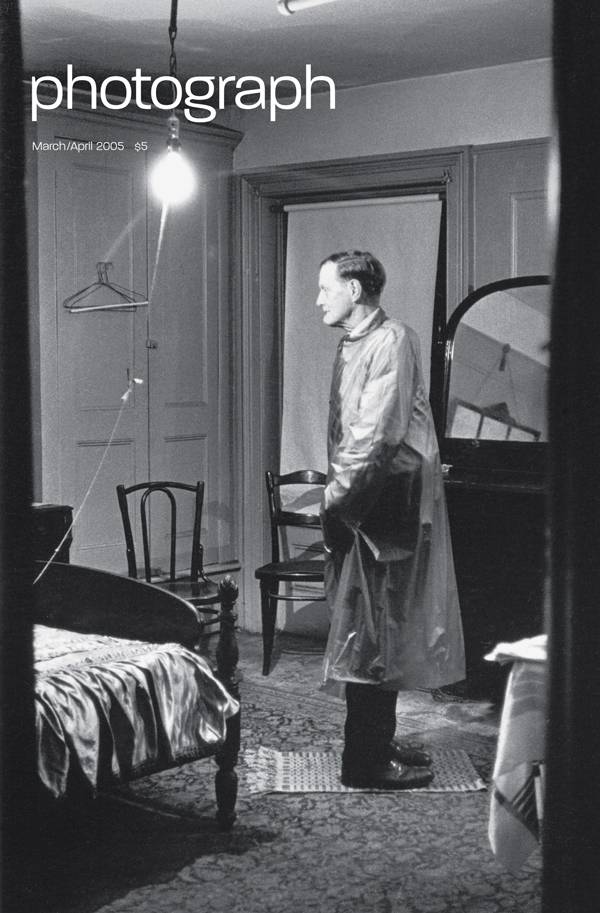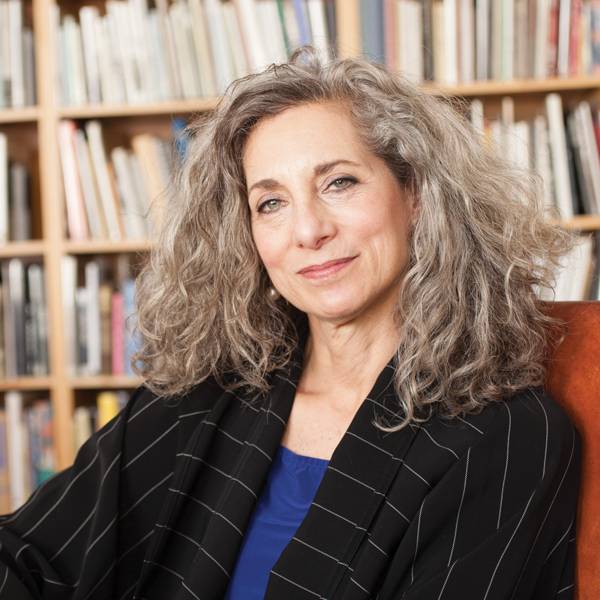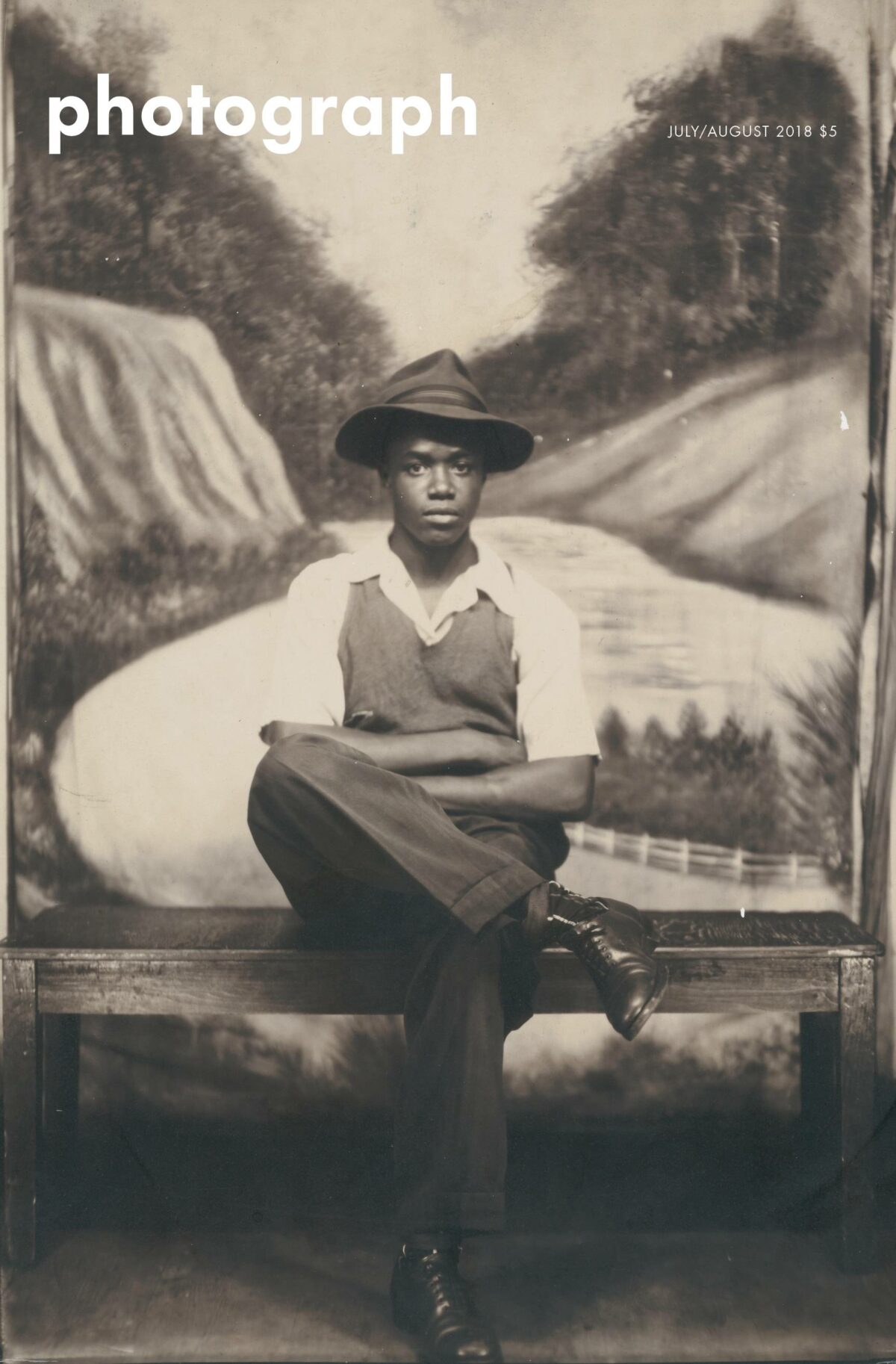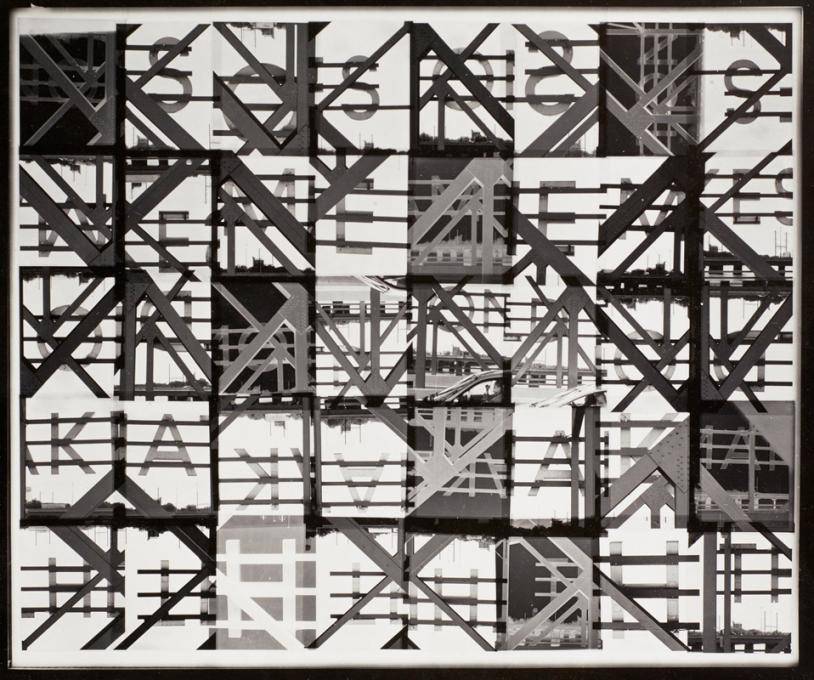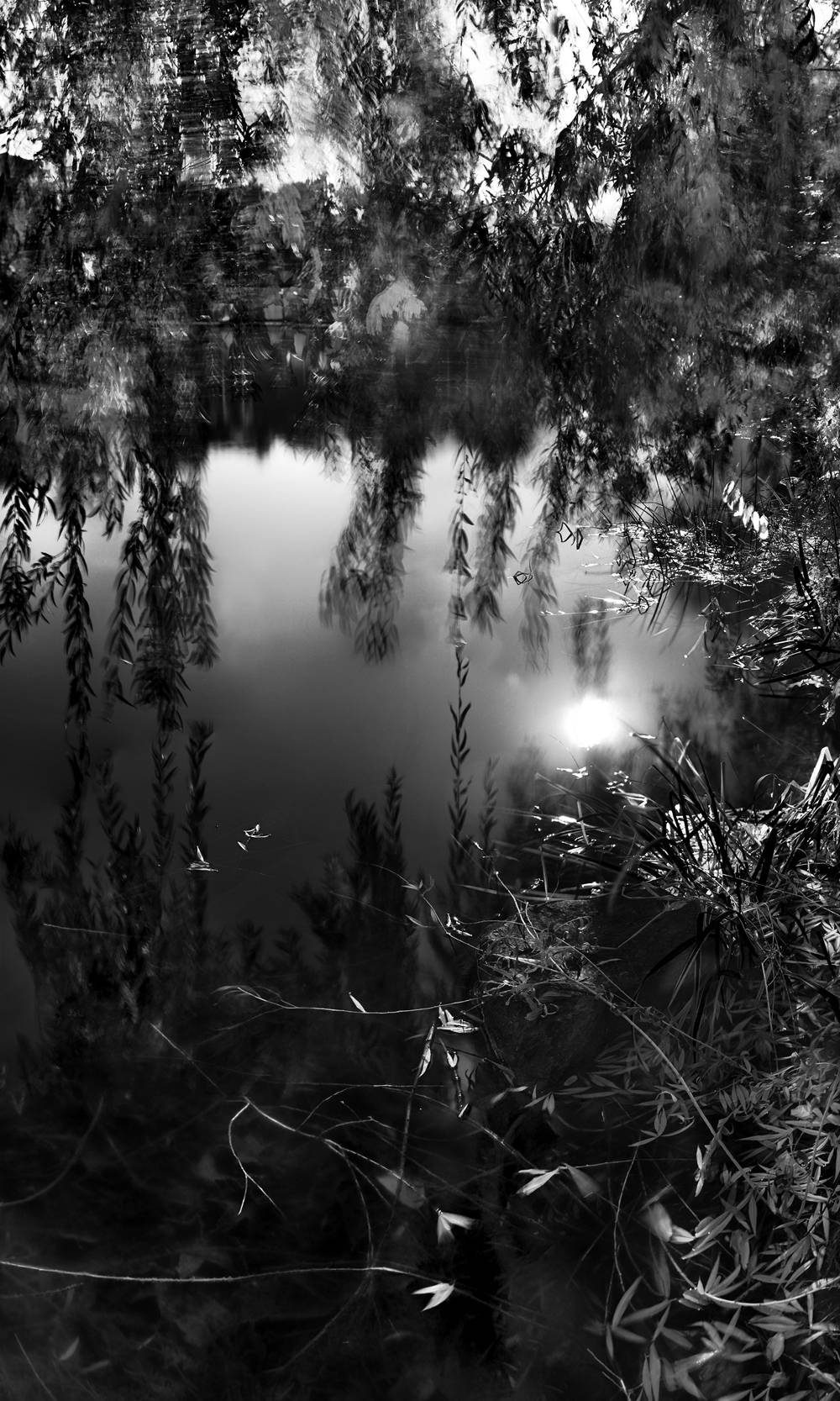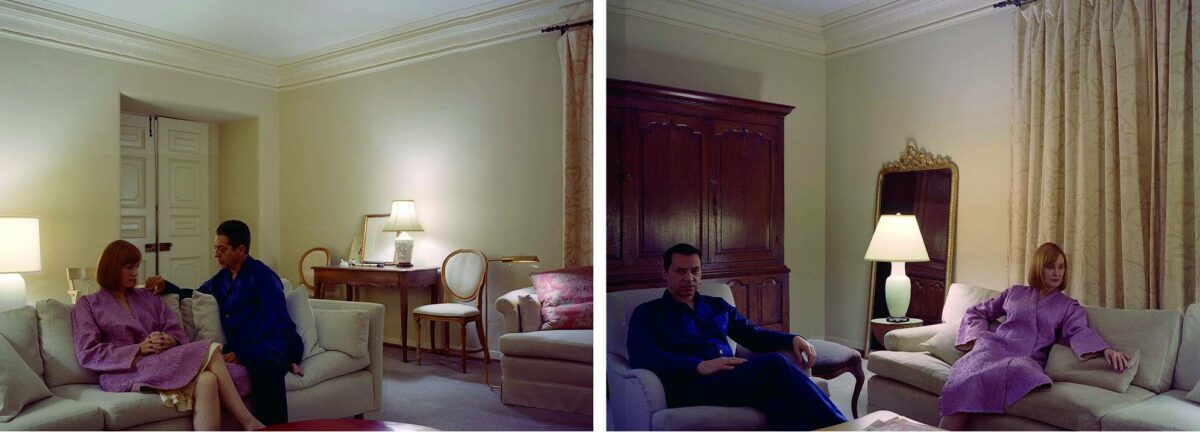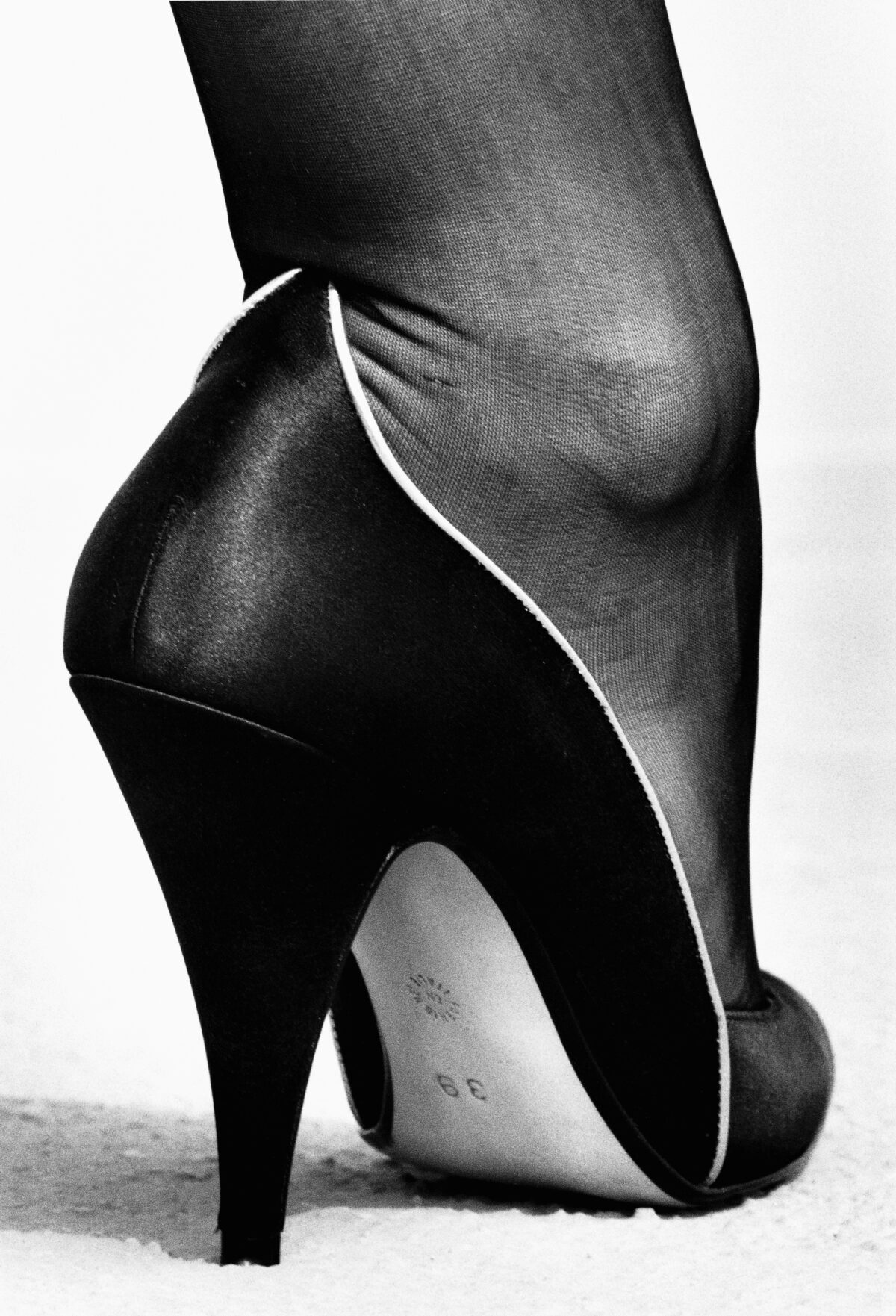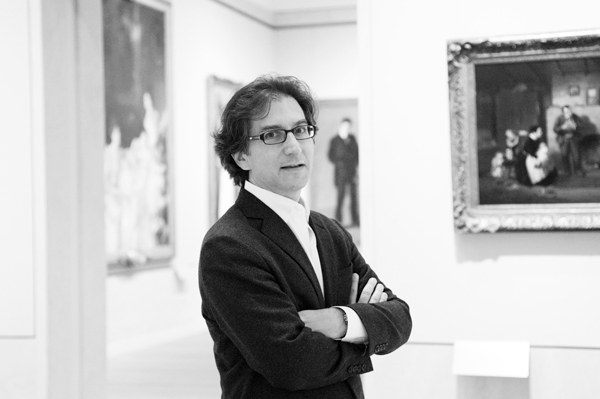

Photo courtesy the Metropolitan Museum of Art
There’s an embarrassment of photographic riches on view at the Metropolitan Museum of Art at the moment: After Photoshop: Manipulated Photography in the Digital Age; At War with the Obvious: Photographs by William Eggleston; Street by James Nares; and Photography and the Civil War. The fact that photography has such a large footprint at the Met is due in no small part to the influence of Jeff L. Rosenheim, now in his 25th year as a curator there.
Rosenheim was hired by Maria Morris Hambourg to work in what was then the Department of Prints and Photographs, which later became the Department of
Photographs. “We’ve seen a lot of changes over 25 years,” he adds, “but there is something about the photograph that continues to be relevant.”
The St. Louis native caught the photo bug when he was 10 years old. He and his dad built a darkroom when he was 11, and photography was integrated into the arts curriculum in his school. “The same teacher who taught us how to make potato prints and silk screen prints and drawings taught photography,” he says. “It was all picture-making.”
After majoring in American studies at Yale, Rosenheim moved to New Orleans and earned an MFA in photography at Tulane. “I’ve always been interested in the relationship between photography and history and literature,” he says. He followed his girlfriend (now his wife) to New York and took a job with the Museum of the City of New York; in 1988, he went to the Met. In September, he was made curator in charge of photographs, becoming responsible for the administrative as well as the curatorial aspects of the department.
Rosenheim is known for his expertise in American photography: one of his first tasks at the Met was to catalogue the Ford Motor Company Collection. He subsequently acquired the Walker Evans Archive for the museum and took on the monumental job of cataloguing it — some 30,000 negatives — then curating several important Evans exhibitions, including a major retrospective in 2000. “I’ve always been interested in archives and what they tell us about the artist and the culture from which they come,” says Rosenheim, who also brought the Diane Arbus Archive to the Met.
But Rosenheim’s latest labor of love is a major exhibition on Civil War photography. One of his aims was to give equal time to imagery from the North and the South. (His great-great-grandfather came from Selma, Alabama, and fought for the Confederacy.) “The foundational volumes of American photography are from the Civil War,” he observes. “And the portrait tradition developed during that time. Most every soldier, when he enlisted, could afford a portrait. That really changed the nature of identity.” Photography was also used for political purposes by people like Sojourner Truth and Abraham Lincoln. “Every possible way the camera could be used,” says Rosenheim, “it was used during the Civil War.”
After 25 years, the enthusiasm and excitement are still palpable when Rosenheim discusses his latest exhibition, and the future of the field. “I think we’re going to continue to have breakthroughs and new bodies of work,” he says. “I think there are photographers who are right before our eyes who we don’t even know about yet.”

